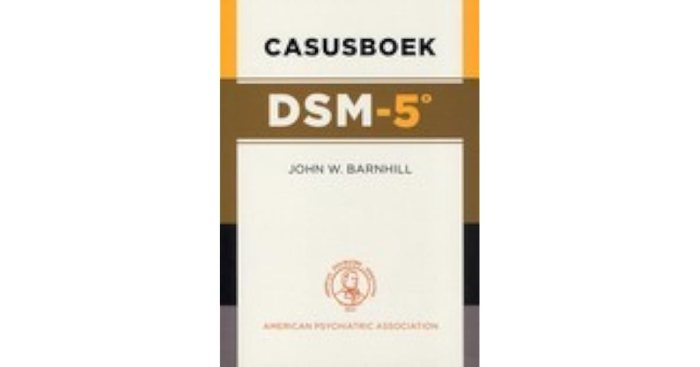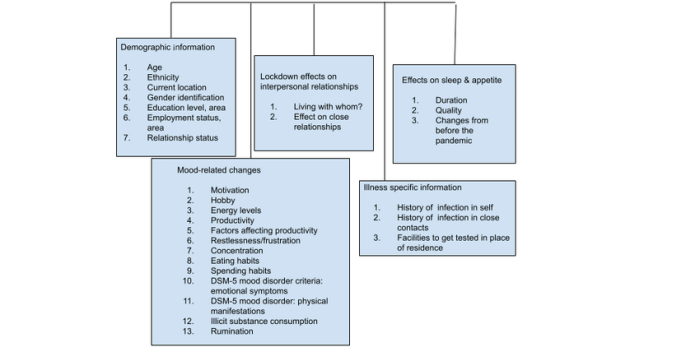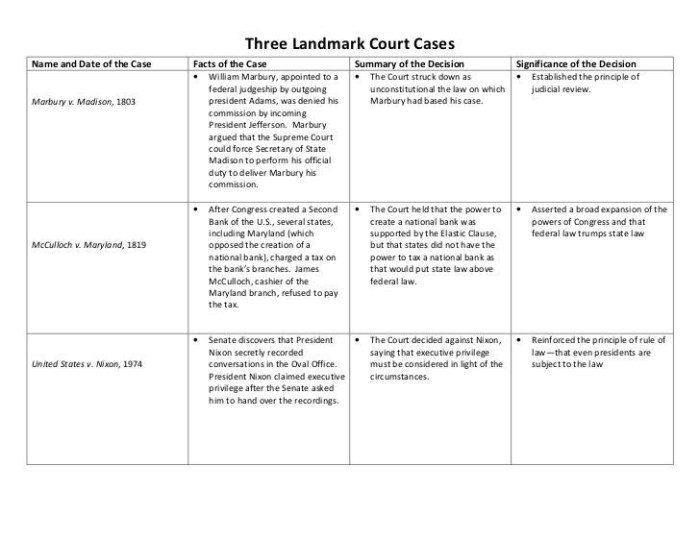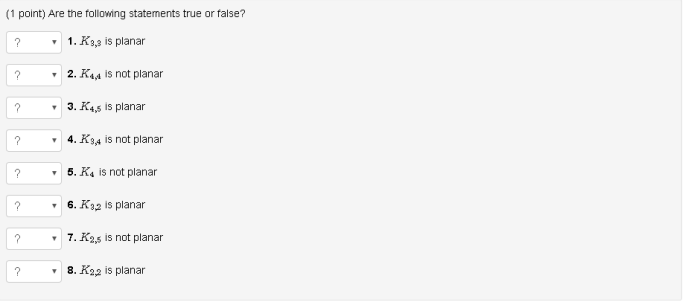Dsm 5 clinical cases worksheet answers – DSM-5 clinical cases worksheet answers provide invaluable insights into the diagnosis and treatment of mental health disorders. This comprehensive guide explores the essential components of the DSM-5 criteria, showcasing their application in real-world clinical settings.
The DSM-5, published by the American Psychiatric Association, serves as the authoritative diagnostic manual for mental health professionals. Its criteria provide a standardized framework for diagnosing and classifying mental disorders, ensuring consistency and accuracy in clinical practice.
Diagnostic Criteria

The DSM-5 clinical cases worksheet answers provide a structured approach to assessing and diagnosing mental disorders. They are based on the diagnostic criteria Artikeld in the DSM-5, which is the primary reference for mental health professionals when making a diagnosis.
The DSM-5 criteria are based on a consensus of experts in the field of mental health and are designed to be reliable and valid. They provide a common language for clinicians to use when communicating about mental disorders, and they help to ensure that patients are receiving the appropriate care.
Case Studies
Case studies are a valuable way to illustrate the use of the DSM-5 criteria in clinical practice. They can help clinicians to see how the criteria are applied in real-world settings, and they can provide insights into the challenges and limitations of using the criteria.
One of the challenges of using the DSM-5 criteria is that they can be complex and difficult to apply. This is especially true for disorders that have a wide range of symptoms, such as depression or anxiety. In some cases, it may be difficult to determine whether a patient meets the criteria for a particular disorder.
Another challenge of using the DSM-5 criteria is that they can be stigmatizing. This is because the criteria can be used to label people with mental illness, which can lead to discrimination and prejudice.
Differential Diagnosis, Dsm 5 clinical cases worksheet answers
Differential diagnosis is the process of distinguishing between different mental disorders that have similar symptoms. This can be a challenging task, as many mental disorders share common symptoms.
The DSM-5 criteria can be helpful in differential diagnosis by providing a clear definition of each disorder. This can help clinicians to rule out disorders that do not fit the patient’s symptoms.
Treatment Planning
The DSM-5 criteria can be used to inform treatment planning by providing a diagnosis that can be used to guide treatment decisions. For example, a patient who is diagnosed with depression may be prescribed medication or psychotherapy.
The DSM-5 criteria can also be used to track the progress of treatment. By regularly assessing the patient’s symptoms, clinicians can determine whether the treatment is effective and make adjustments as needed.
Ethical Considerations
There are a number of ethical considerations that clinicians should keep in mind when using the DSM-5 criteria. These include:
- The potential for stigma and discrimination
- The importance of using the criteria in a culturally sensitive manner
- The need to obtain informed consent from patients before using the criteria
Questions Often Asked: Dsm 5 Clinical Cases Worksheet Answers
What is the purpose of the DSM-5 clinical cases worksheet?
The DSM-5 clinical cases worksheet provides a structured framework for applying the DSM-5 diagnostic criteria to real-world clinical cases.
How does the DSM-5 aid in differential diagnosis?
The DSM-5 criteria enable clinicians to compare and contrast the symptoms of different mental disorders, facilitating accurate differential diagnosis.
What are the ethical considerations involved in using the DSM-5?
Clinicians must use the DSM-5 criteria in a culturally sensitive manner, minimizing stigma and discrimination associated with mental illness.


